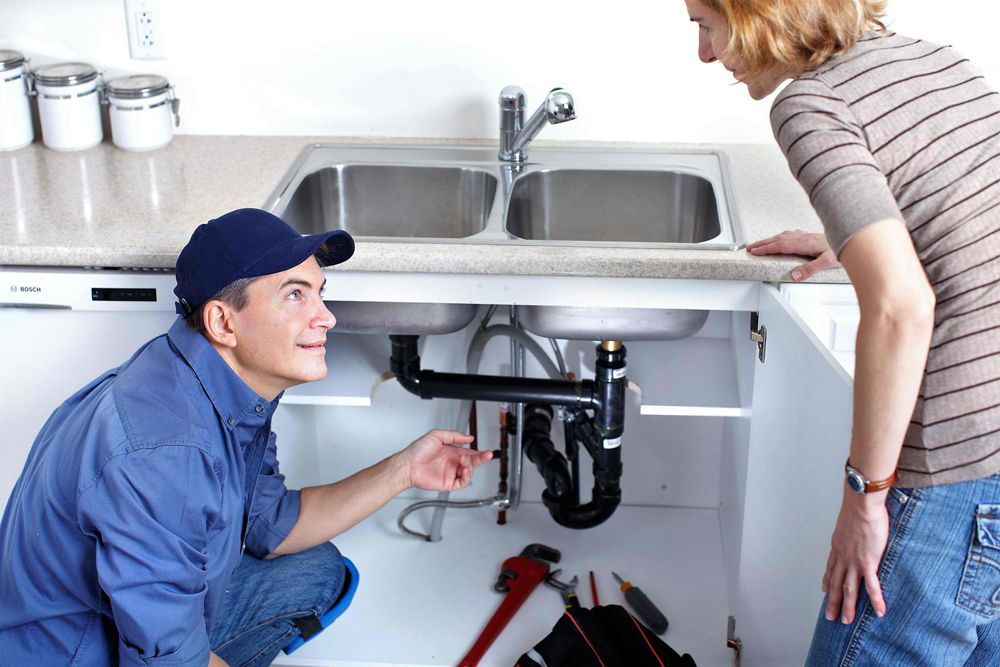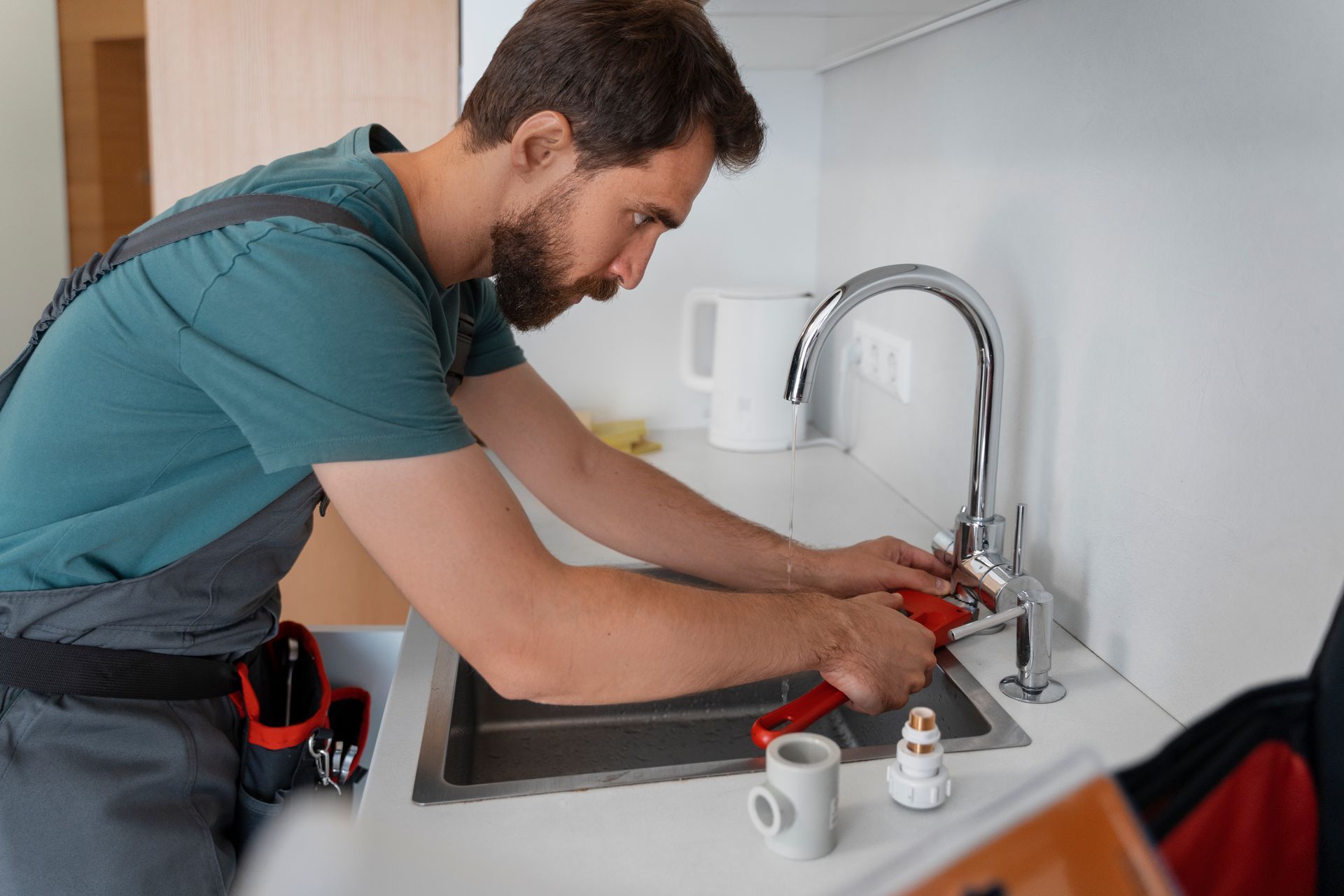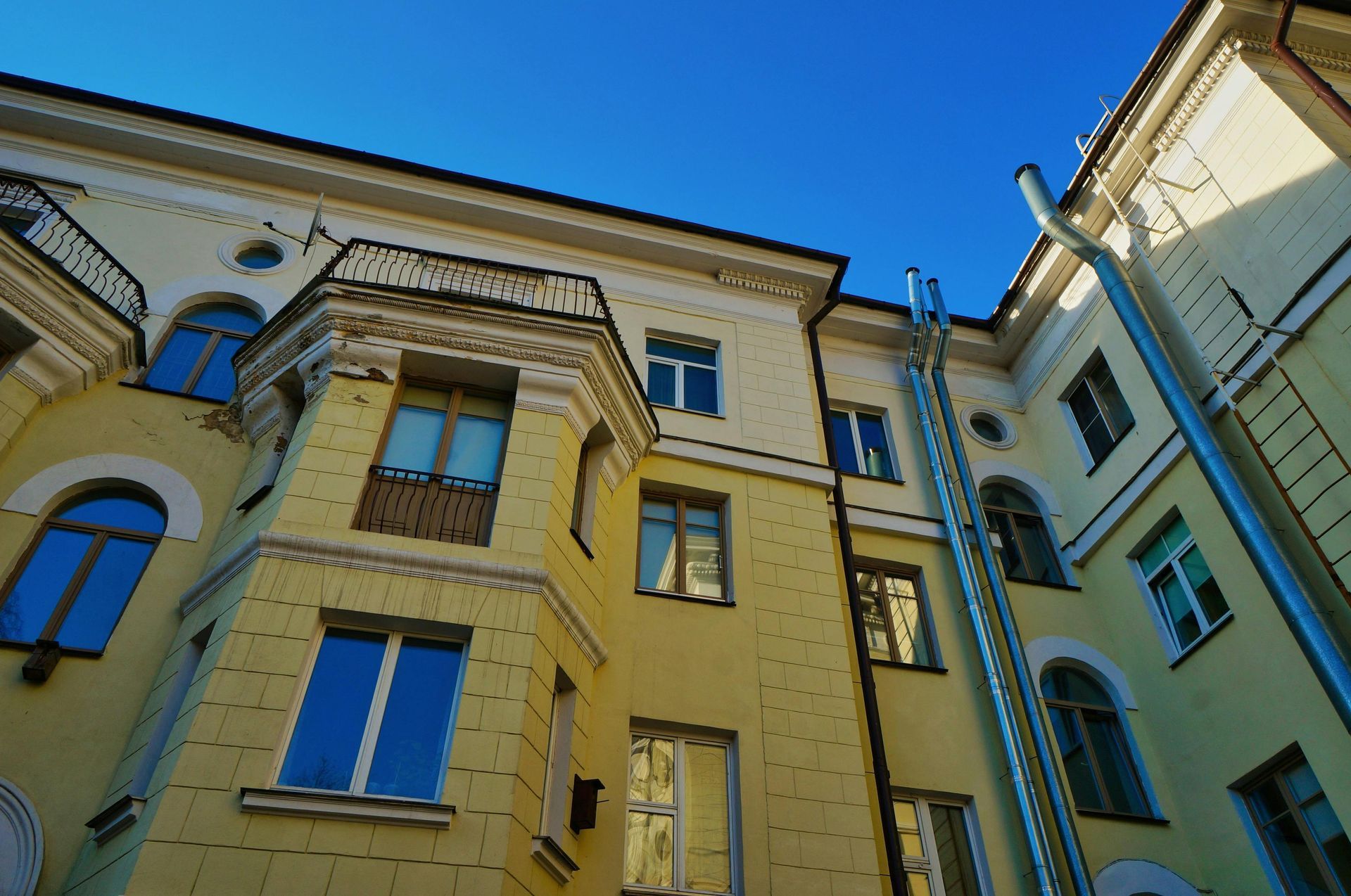How To Properly Install A Backflow Preventer?
Installing a backflow preventer is a vital measure to protect your drinking water supply from contamination caused by reverse flow. Whether for residential, commercial, or irrigation use, correct installation of these devices ensures compliance with local regulations and maintains the safety of your plumbing system. As part of broader plumbing maintenance, it’s also important to know effective ways to prevent clogs in your kitchen sink, and to consider how other major repairs—such as sewer line replacement—can impact your plumbing infrastructure.
Understanding Backflow and Its Risks
Backflow occurs when water flows in the opposite direction from its intended path, potentially drawing contaminants from irrigation systems, boilers, or other sources back into the clean water supply. This can introduce harmful substances into drinking water, posing serious health risks. Backflow prevention devices, such as Reduced Pressure Zone (RPZ) assemblies, Double Check Valves (DCV), and Pressure Vacuum Breakers (PVB), are designed to block this reverse flow. The specific type required depends on the hazard level of your system and local plumbing codes.
Preparing for Installation
Before installing a backflow preventer, it’s essential to review local regulations and obtain any necessary permits. Most municipalities require annual testing and certification of backflow preventers, and some may specify the type, location, and installation height of the device. For example, RPZ assemblies often need to be installed at least 12 inches above the highest point of use and protected from freezing. Selecting the right location is also critical: the device should be accessible for testing and maintenance, elevated above potential flood levels, and shielded from environmental hazards.
Gathering Tools and Materials
To install a backflow preventer, you’ll need basic plumbing tools such as pipe cutters, wrenches, Teflon tape, primer, and solvent cement. Depending on your system, you may also require specific fittings, corrosion-resistant enclosures for in-ground installations, or unions for easy removal. Ensuring you have all the necessary materials before starting will streamline the installation process.
Step-by-Step Installation
Begin by shutting off the main water supply and draining any residual water from the pipes. For irrigation systems, use shutoff valves to isolate the line. Next, cut the pipe at the installation point, ensuring a clean, straight cut, and deburr the edges for a smooth connection. Dry-fit the backflow preventer to confirm proper alignment before making permanent connections.
Install the backflow preventer according to the manufacturer’s instructions, paying close attention to orientation—some devices must be installed horizontally, while others require a vertical position. Use unions or flexible connectors to facilitate future removal for maintenance or replacement. Seal all threaded connections with Teflon tape and tighten them securely to prevent leaks.
Once the device is installed, gradually reopen the water supply to avoid pressure surges. Inspect all joints and test cocks for leaks, and bleed air from the system by opening test cocks sequentially. After installation, have a licensed technician perform a pressure test and certify the device. RPZ assemblies, in particular, require annual testing to ensure the integrity of the diaphragm and other critical components.
Ongoing Maintenance and Best Practices
Regular maintenance is essential to ensure the continued effectiveness of your backflow preventer. Inspect the device quarterly for leaks, corrosion, or debris, and clear sediment from test cocks using compressed air if necessary. In cold climates, protect outdoor devices from freezing by insulating them or installing heat tape. For in-ground units, use waterproof enclosures with proper drainage.
Maintaining your plumbing system as a whole is just as important as installing a backflow preventer. Effective ways to prevent clogs in your kitchen sink include using mesh drain strainers, avoiding the disposal of grease and food scraps, and performing monthly flushes with hot water. These practices reduce strain on your plumbing and help prevent backups that could affect the performance of your backflow preventer.
When to Call a Professional
While many homeowners can handle basic backflow preventer installations, complex projects—such as those involving sewer line replacement or integration with existing irrigation systems—often require professional expertise. For example, if a sewer line replacement alters water pressure dynamics, a licensed plumber can recalibrate the backflow preventer to ensure continued compliance. Companies like All City Plumbers can also assist with obtaining permits, performing pressure tests, and addressing unexpected challenges such as buried utility lines.
Conclusion
Proper installation and maintenance of a backflow preventer are essential for protecting your water supply and complying with local regulations. By following best practices—such as selecting the right device, ensuring correct installation, and performing regular maintenance—you can safeguard your plumbing system and avoid costly violations. For more complex projects or if you encounter difficulties, don’t hesitate to contact professionals like All City Plumbers. Additionally, adopting effective ways to prevent clogs in your kitchen sink and staying proactive with other plumbing repairs, such as sewer line replacement, will help maintain a safe and efficient water system for years to come.











